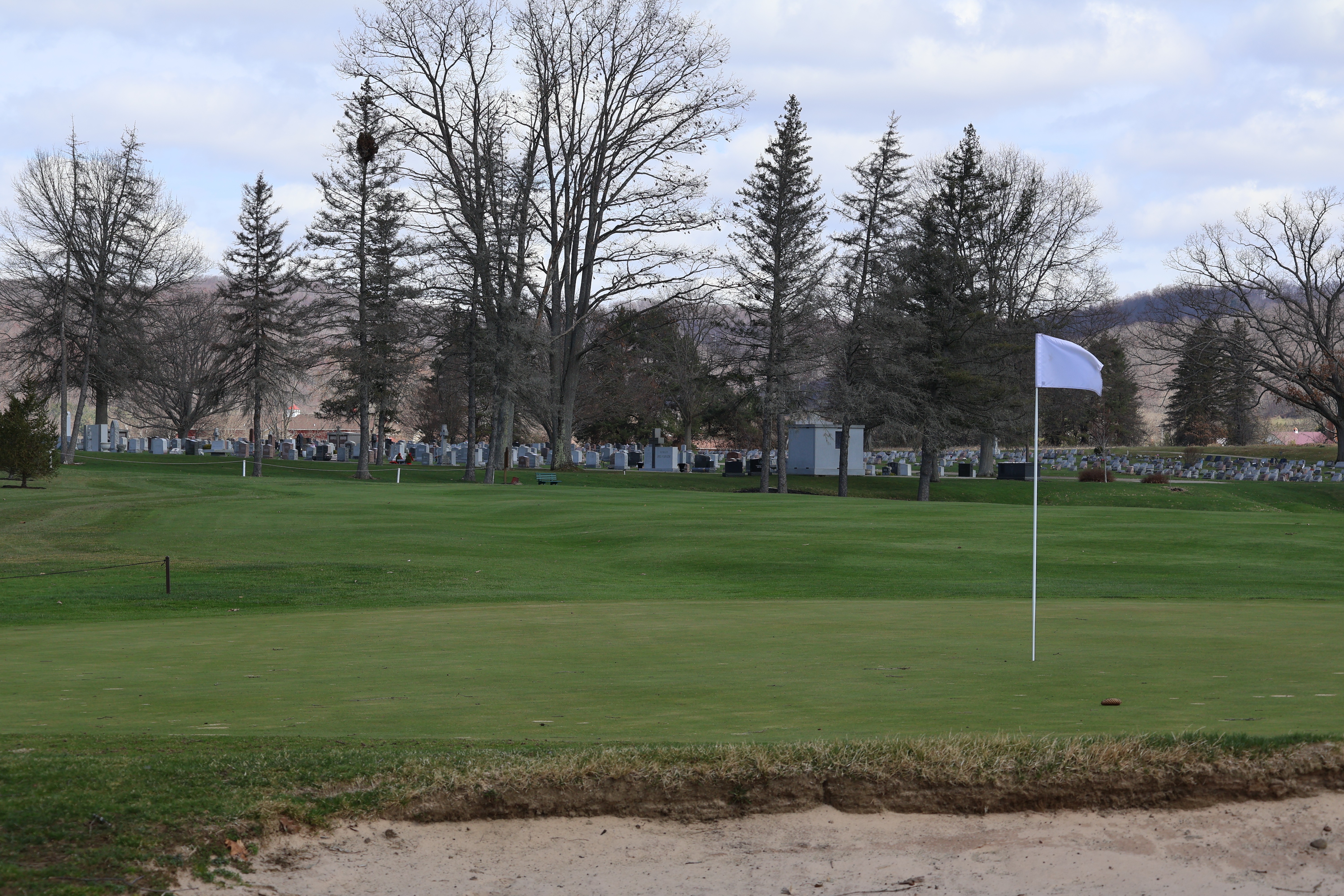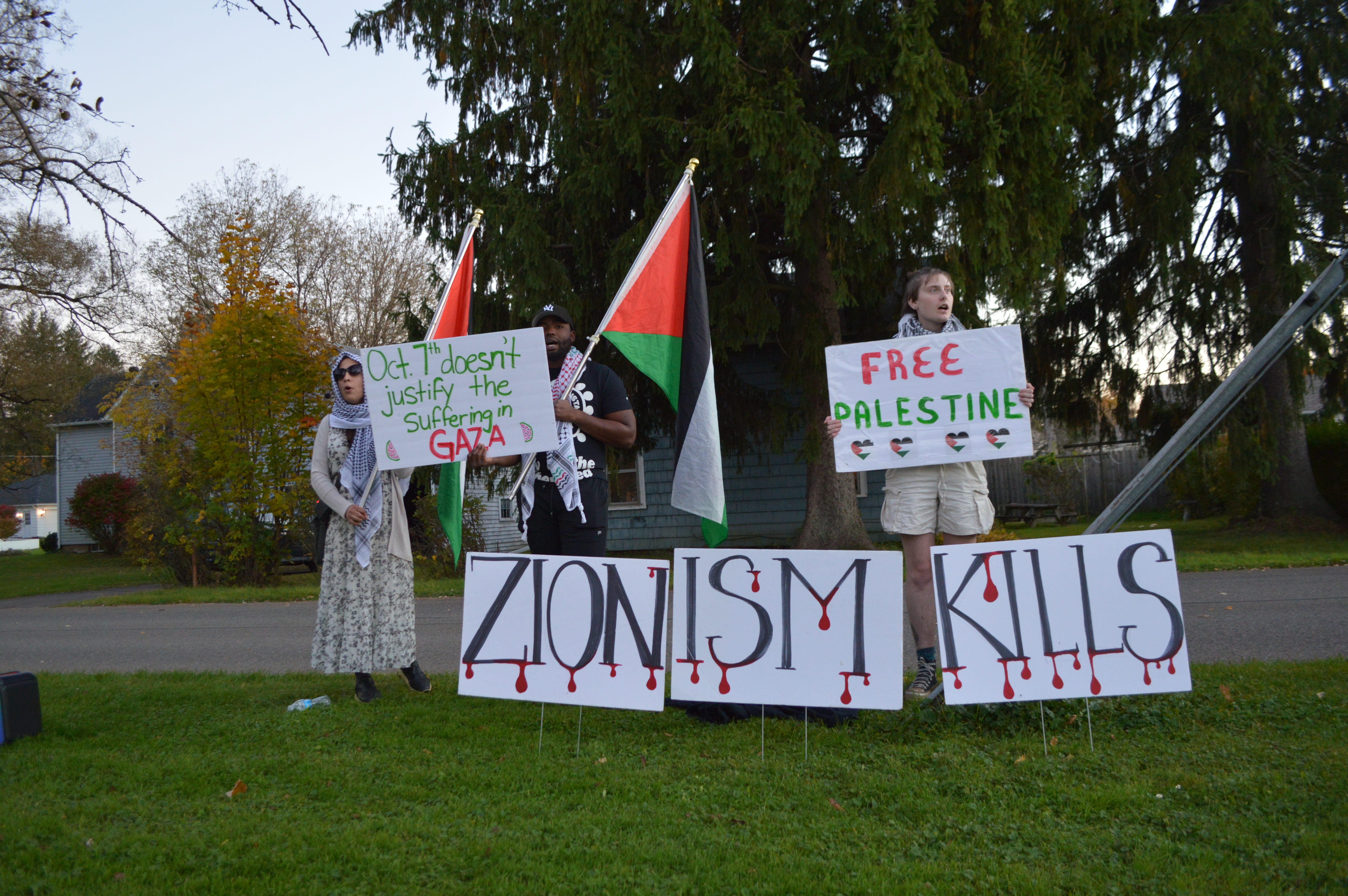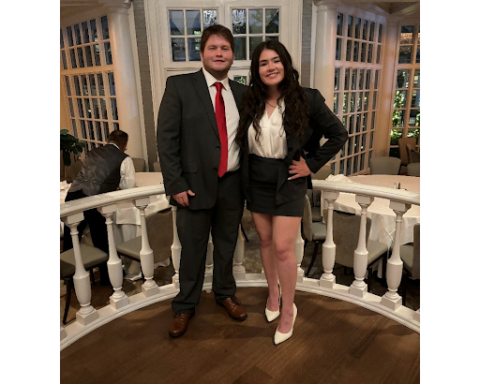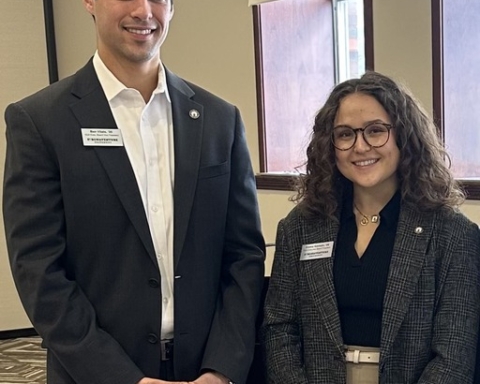SCOTT SACKETT: JANDOLI SCHOOL LECTURER
I grew up in western New York, the “western door” of the Haudenosaunee. Their name for themselves translates to People of the Longhouse, but you may be more familiar with their French appellation, Iroquois. Their land extended across much of what is now New York State. The original Five Nations of the Seneca, Cayuga, Onondaga, Oneida and Mohawk were joined by the Tuscarora from North Carolina in the early 18th century, forming the Six Nations Iroquois Confederacy. I became aware of our Indigenous neighbors when I was six. My great-grandfather had taken me fishing on Tonawanda Creek across from the Tonawanda Seneca Territory. Three boys, slightly older than I, appeared on the opposite bank. They were there to swim. My great-grandfather told me they were “Indians.”
I remember childhood rides in our family station wagon through the Tonawanda Indian Reservation and the Tuscarora Reservation, as they were then called. We also passed through the Allegany Reservation on trips to Allegany State Park. Despite their proximity to my boyhood hometown of Amherst, I don’t recall learning anything in grade school about the Seneca and Tuscarora. What students of my generation learned about “Indians” came mostly from television.
Early in my career at the Western New York Public Broadcasting Association, I found a 1960 first edition of Edmund Wilson’s “Apologies to the Iroquois.” At the time, I couldn’t quite grasp why the stories Wilson relayed were not widely known—especially considering their treatment by America’s pre-eminent man of letters. I was moved by the story of Kinzua Dam and its impact on the Seneca people in part because I felt it had happened in my backyard. The opportunity for me to re-tell that story to contemporary audiences arose in 2013 when my filmmaking partner Paul Lamont and I received a research and development grant for the national public television documentary “Lake of Betrayal.”
In the weeks following the film’s 2017 premiere at the Ray Evans Seneca Theater on the Allegany Territory, our associate producer, Caleb Abrams, was approached by members of the Seneca Nation who asked what was next. They wanted to know if there were plans for sequels — documentaries that would explore other key periods of Seneca history. The Treaties of Buffalo Creek were recurring suggestions.
Over the ensuing years, Caleb and I discussed ways we might tell Seneca stories from the 19th century and earlier. Similar to our motivation for producing “Lake of Betrayal”— to recount the backstory of the Canandaigua Treaty of 1794 that had guaranteed the Seneca the “free use and enjoyment” of their land and chronicle its breach and Kinzua Dam’s lasting impact, the impetus to tell the story of the Buffalo Creek Treaties was to ensure younger generations of Seneca and national audiences would hear the nearly forgotten stories.
But we faced a major challenge in telling those stories: the need for historical reenactments with professional screen actors to render faithful portrayals in the Seneca language. Then, last year, Caleb hit upon a solution. His idea was to find an alternative medium, one suited to oral history. He proposed a podcast series.
Today, Caleb and I are researching and developing an interpretive social history podcast and an oral and public history project for the Seneca Nation and the Onöhsagwë:de’ Cultural Center. It explores key turning points in Seneca history, societal dynamics and adaptations, and the relationships between the Seneca people and the natural world. It aims to reveal the paradoxes of divergent perspectives of history, time, one’s place and the land and environment we all share. It also examines the interrelationship of the Seneca language and the worldview of its speakers, inviting listeners to reassess their understanding of history and our places in the world and to consider another way of looking at our shared present, past and future.
On Monday, Nov. 11, Caleb and I will attend the 230th-anniversary commemoration of the signing of the Treaty of Canandaigua to capture the ongoing story of the living covenant between the United States and the Haudenosaunee. Caleb will visit campus on Wednesday to discuss Indigenous representation in popular media. He’ll screen recent films he’s produced for the American Museum of Natural History and his forthcoming documentary “The Burning of My Coldspring Home.” The conversations and screenings are a co-presentation of the Garret Theater and the Access and Belonging Advocacy Group and will be held in the Garret Theater on Wednesday, Nov. 13, beginning at 6:00 p.m. I invite you to join us.






